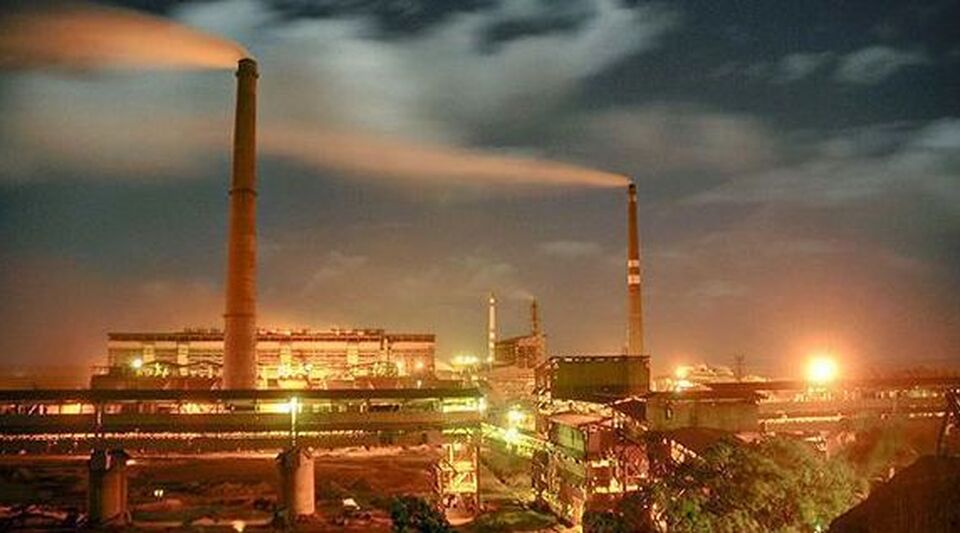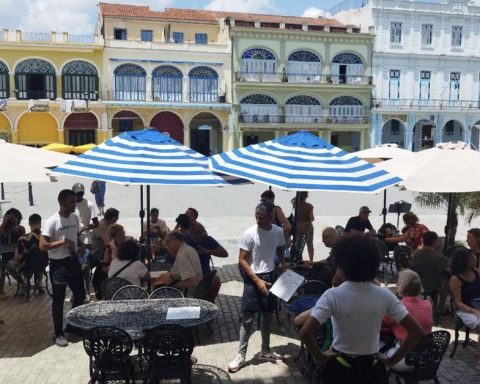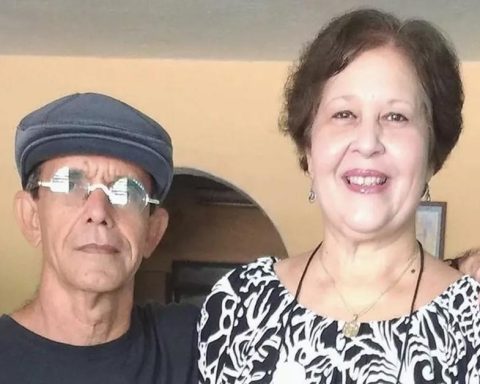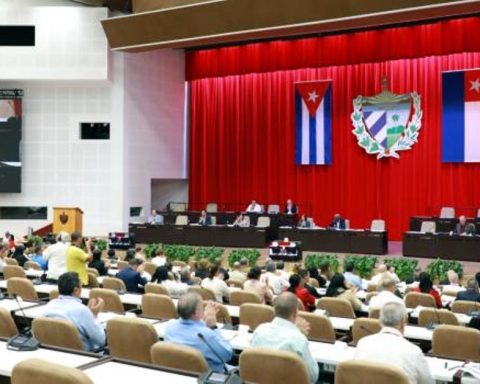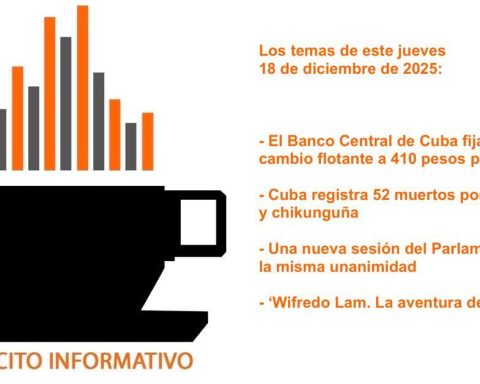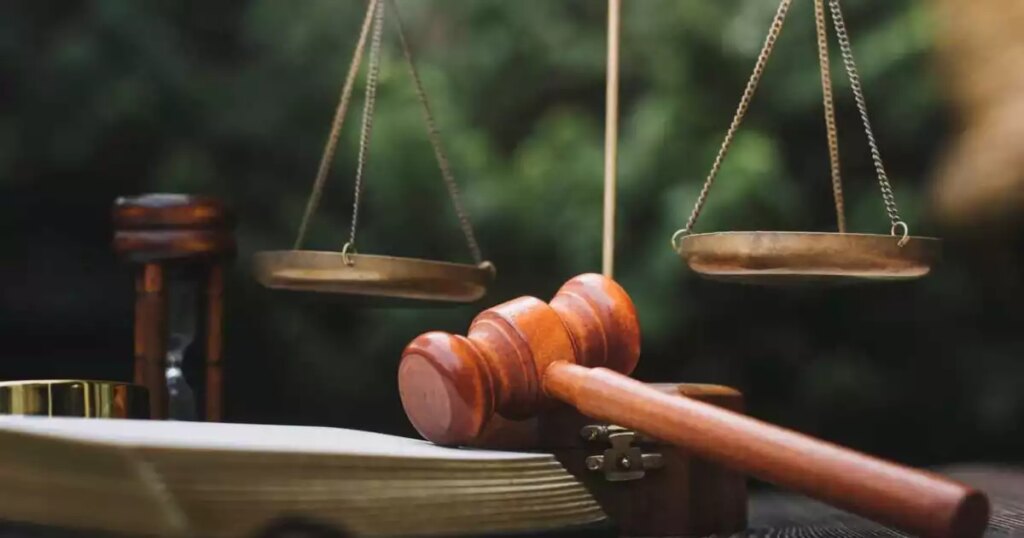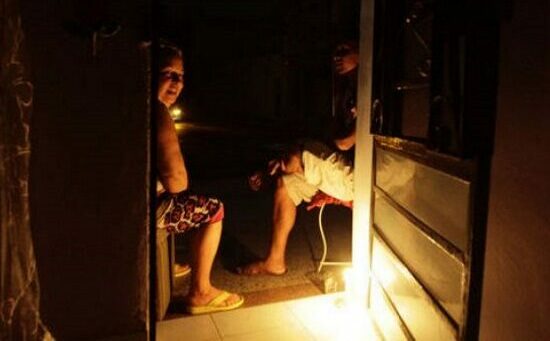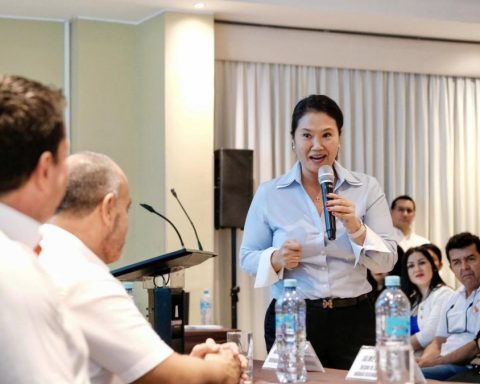For the Pitt-Wasmer family of Cuban-Americans, the so-called “cobalt swap” with which the Cuban government intends to settle its debts with the Canadian company Sherritt It is not only an illegal act but also constitutes a “dangerous precedent” in the economic management of the country.
The 362 million dollars that the regime owes to Sherritt will be paid with the increase in the delivery of cobalt, during five years, from several mines in Moa (Holguín) that the Toronto mining company is expanding on adjoining lands that are owned by the Pitt-Wasmer and were taken from them by Fidel Castro in 1960.
Through the pact with Sherritt “the government delivers one of the few remaining national economic resources to Cuba,” he explained to 14ymedio William Pitt, member of the Pitt-Wasmer family. The Government will pay Sherritt “for his physical and administrative work in three electric power plants” – in Varadero (Matanzas), Boca de Jaruco and Puerto Escondido (Mayabeque) – and will do so “through an increase in the percentage of cobalt extracted” in the mines that partially invade the land expropriated from his family in Moa and Punta Gorda (Holguín).
The “cobalt swap,” Pitt points out, is an illegal action on the part of both the Cuban government, which trades in foreign property, and the Canadian company, which is complicit in the theft of the Island’s resources.
According to Pitt, “the Cuban government is now turning over to Sherritt even more mineral resources that it originally seized illegally and without compensation to the rightful owners of those mines.” “This is how the impoverishment of the Cuban people continues,” he laments.
The “cobalt swap,” Pitt points out, is an illegal action on the part of both the Cuban government, which trades in foreign property, and the Canadian company
The Pitt-Wasmers have initiated a legal process for the confiscation of the Holguín mines, which adjoin those of another company, the Moa Bay Mining Company, a former property of the Rockefeller family also usurped by Castro.
Pitt does not offer more information about the demands, as it would mean giving clues to the Cuban government about the plans of the family, heirs of the businessmen William Pitt Ferrer and Berta Wasmer Arnaz, who resided in Santiago de Cuba and managed the family business.
“Sherritt’s excavations at the Moa Bay mines cross over Moa Bay properties and into ours,” Pitt says. “In addition, Sherritt is preparing to expand his operations in areas that include our other mines.”
“Recently, the portfolio of mining investments offered by the Ministry of Energy and Mines includes areas of future expansion that include other nickel and cobalt mines to the east of Moa and in Punta Gorda that are our property,” he details.
The plants that Sherritt operates on the Island have, in the current energy context, a special importance. The precariousness of the National Electric System (SEN) and the frequent collapses of the main thermoelectric plants in the country force the Government to ensure the proper functioning of the plants managed by Sherritt and, therefore, not to delay the payment of its debts.
The extraction of cobalt – a resource whose demand is increasing – guarantees that the Canadian company continues to efficiently manage the plants in Varadero and Boca de Jaruco, “two of the best operated plants in the SEN,” Pitt points out. The correct performance of the Varadero plant also affects the electrical stability of the hotel network and prevents mishaps in one of the essential tourist spots in the country.
As for Boca de Jaruco, a large part of the supply to Havana depends on it, where there have been numerous protests over the blackouts this summer, which the government was able to control with great difficulty.
“Recently the portfolio of mining investments offered by the Ministry of Energy and Mines includes areas of future expansion that include other nickel and cobalt mines that are owned by us”
Another factor that the Cuban government wants to ensure is the management, by Sherritt, of 11 oil wells in Varadero and another 17 in Boca de Jaruco. The natural gas used in these three power plants is extracted from these deposits, which contributes to limiting dependence on Venezuelan oil and reducing the risk of blackouts in strategic areas, such as Havana and the main tourist centers.
Pitt knows both agencies well and understands why the government is diligent in paying down debt. With a capacity of approximately 173 megawatts, the Varadero facility “consists of two integrated crude gas processing plants, three gas turbines and associated electrical generators, a heat exchange system to generate high-pressure steam, and a steam and an associated electric generator.
Boca de Jaruco, for its part, owns “a crude gas processing plant and five gas turbines and associated electrical generators, a heat exchange system to generate high-pressure steam and a steam turbine and associated electrical generators,” to a total power of 313 megawatts.
In short, these are two positions – and almost 500 megawatts – that the regime cannot afford to lose and that it is not capable of managing correctly on its own either, although officially the state-owned Energas is in charge of managing the gas plants, as pointed out by a reportage on Cuban Television, which, however, does not mention Sherritt’s intervention at any time.
Smaller in size, the Puerto Escondido plant has “a crude gas processing plant and a gas turbine, as well as an electric generator with a power of 20 megawatts.” The energy stability of various hotel facilities in the area depends on it, explains Pitt.
Sherritt and Energas have “a shared management, an arrangement,” Pitt believes, but neither the Cuban government nor the Canadian mining company “make these relationships public, nor do they offer details or clarity on this matter.”
________________________
Collaborate with our work:
The team of 14ymedio He is committed to doing serious journalism that reflects the reality of deep Cuba. Thank you for accompanying us on this long road. We invite you to continue supporting us, but this time becoming a member of our newspaper. Together we can continue transforming journalism in Cuba.
